It’s the eve of Boris Johnson winning the Tory leadership election. Barring the mother of all shock results, we will soon find out if all the fears surrounding a possible no-deal Brexit are real, or just bluster.
The new prime minister will find himself with precisely 100 days to try to convince the EU it should tear up Theresa May’s agreement and come up with a new deal. If he can’t manage it, we will finally get to find out what awaits over that cliff, after a series of false dawns.
While for many that is a terrifying prospect, at least until it actually happens there will be those who see warnings over the impact of tariffs, food shortages and price increases simply as scaremongering – even after a series of the biggest retailers claimed a Halloween Brexit would be their worst nightmare.
But what about what is already happening with food prices? Last week Tesco became the latest retailer to cave in to pressure on commodity costs, the weak pound and international volatility, as it emerged it had raised prices across 1,000 products in the past two weeks. The UK’s biggest retailer said it had held off passing on inflationary pressures from exchange rates, increasing labour costs and the impact of bad weather in the UK and abroad on yields and quality “for as long as possible”, but that it could no longer resist passing on that inflation.
The sort of cost pressures Tesco is talking about include skimmed milk powder prices, up 30% over the past 12 months, potatoes up 13% and pork up 8%. The big unknown quantity is the extent to which a no-deal will push these pressures up still further.
Tesco, justifiably enough, points out that it is still highly competitive with the other supermarkets – and that the same period saw 121 prices go down, meaning the overall net impact of the price increases is just over 6%, rather than the 11% reported in the original leak to the Press Association.
Yet its move to increase prices follows a trend tracked in recent months by The Grocer.
In June we revealed Asda and Sainsbury’s increased prices on more than 500 own label lines – and that was after reporting Tesco had already put up the price of some of its pork-based Farms brands, reflecting the impact of an African swine fever outbreak in China.
Tesco has so far based its recovery on shielding consumers from inflation better than its rivals. The fact it had to raise its Farms brands prices – so core to its price strategy – is evidence of the massive pressure on prices, even before the latest tranche was revealed.
With the major supermarkets already putting prices up, all eyes will now be on Mr Johnson (or, less likely, Mr Hunt) to see if he is really willing to take Britain over the precipice, despite all the warnings.
What exactly will happen to prices in the event of a no-deal shock to the market?
In the seemingly never-ending run-up to Brexit, estimates have varied wildly. The BRC has claimed the price of cheese and beef would soar by 30%, while the Bank of England’s more measured forecast predicted a 6% to 10 % rise in the event of a no-deal.
But whichever forecast you look at, more expensive prices for shoppers looks as much an odds-on certainty as Johnson finally making it to No 10.








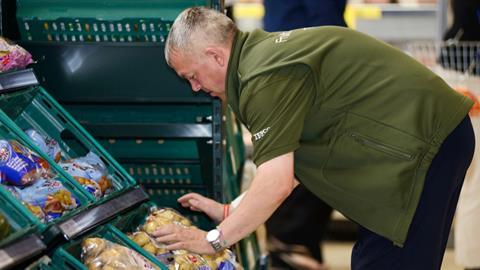




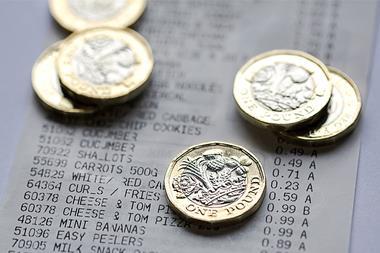
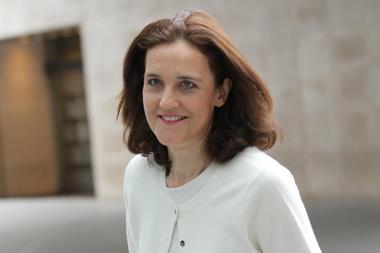

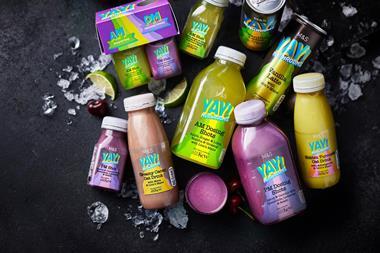







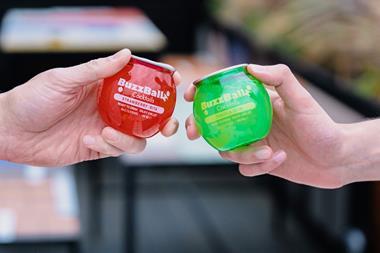
No comments yet